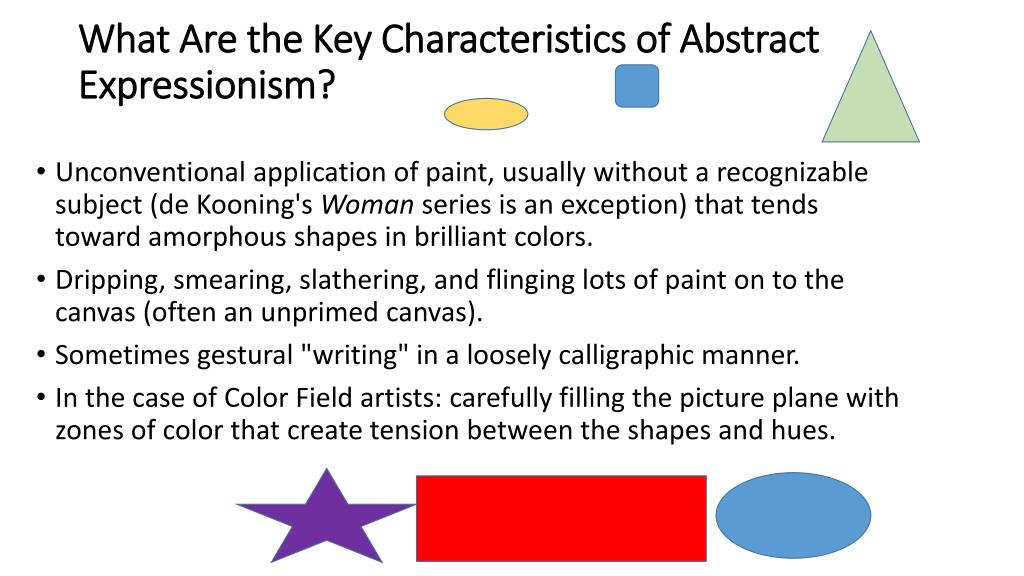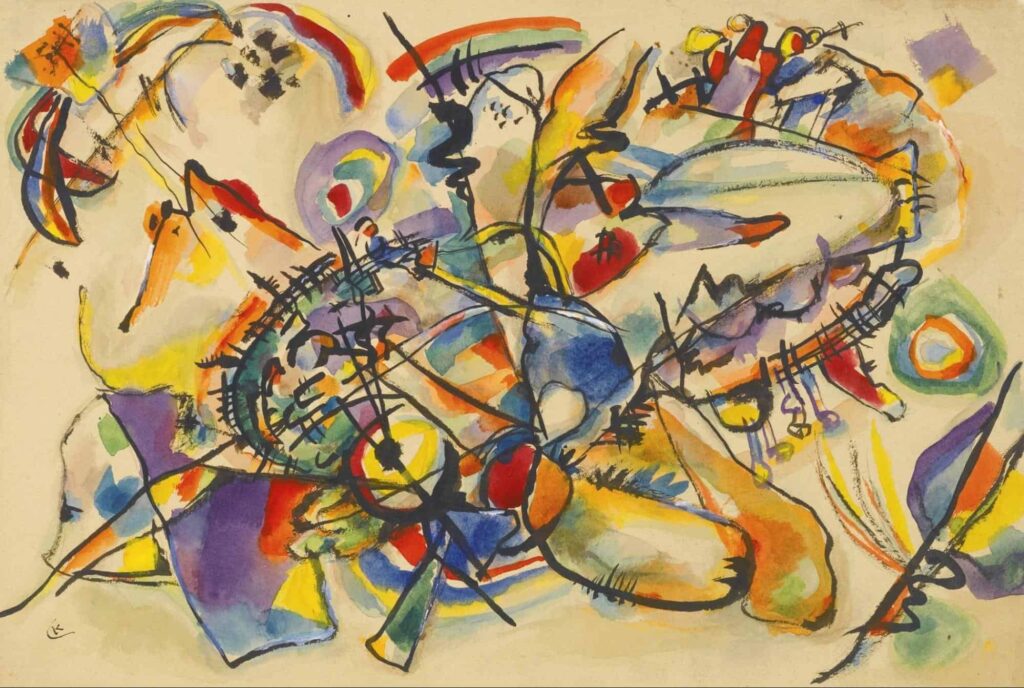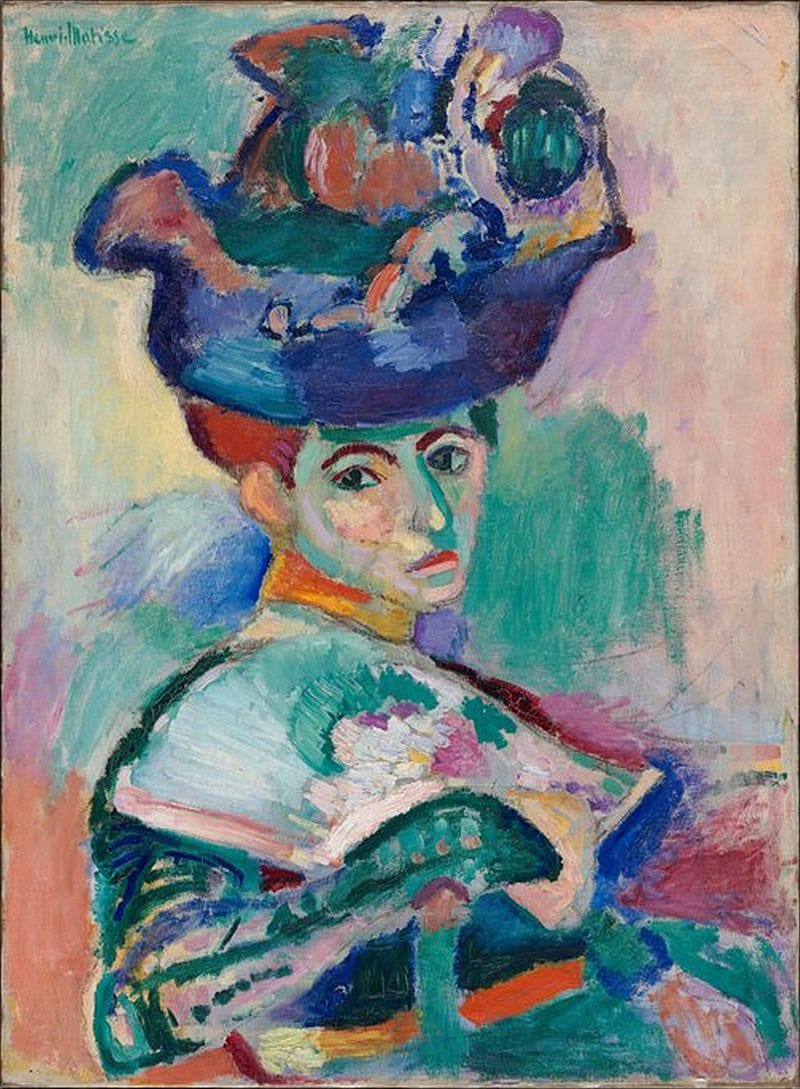
Abstract art represents a departure from traditional artistic forms and offers an emphasis on elements such as form, color, line, and texture. This approach allows for expressions that transcend realistic depictions found in classical art. Below, we evaluate its key characteristics based on various sources.
Fundamental Elements and Philosophies
Departure from Realism
Abstract art does not aim to represent the visible world accurately. Instead, it liberates artists from the constraints of realistic representation and allows them to focus on the core elements of form, color, line, and texture. Abstract elements were used by artists before the 20th century, but it was in this century that the exposition of art shifted significantly towards expressive functions instead of detailed reproduction[1][7].
Emphasis on Emotion and Personal Expression
One of the hallmarks of abstract art is its deep connection to both the artist's and the viewer's emotional experiences. Abstract art permits artists to convey intricate and sometimes elusive ideas that are challenging to express through figurative art[2][4][5]. For example, the use of nonrepresentational forms enables artists to explore emotions, ideas, and universal truths often left unexplored by traditional art forms[7]. This emotional engagement is also significant for the viewer, prompting personal interpretations and deep connections with the artwork.
Color and Form

Abstract art often employs color as an independent element that evokes emotions and moods, distinct from enhancing realism[4][7]. Colors can be symbolic, representational, or purely aesthetic, playing a central role in creating the mood and emotional depth of the artwork. Similarly, forms in abstract art move away from representing recognizable objects, relying instead on shapes, lines, and textures to create compositions open to personal interpretation[4].
Styles and Techniques
Partial vs. Full Abstraction
Abstract art falls broadly into two categories: partial abstraction and full (nonobjective) abstraction. Partial abstraction involves artworks with identifiable objects, people, or landscapes but typically presents them in simplified, distorted, or non-realistic colors[2]. In contrast, fully abstract works do not draw inspiration from visual reality at all, creating a unique visual language that prioritizes non-representational forms[6].
Different Forms of Abstraction

There are several subtypes and styles within abstract art, illustrating its diverse approaches:
Expressive Abstraction: Characterized by intuition and dynamic brushstrokes to communicate the artist's physical movements and feelings[6].
Action Painting/Gestural Abstraction: Artists like Jackson Pollock employed spontaneous movements, creating highly expressive artwork that emphasizes the physical act of painting[6][7].
Minimalist Abstraction: This style, exemplified by artists like Donald Judd, strips art to its essentials, focusing on simplicity, form, and color[6].
Conceptual Abstraction: Rooted in ideas rather than physical representation, this form moves beyond the confines of real-world inspiration[6].
Hard-Edge Painting: Known for its geometric precision and clean color separations, painters such as Piet Mondrian and Josef Albers epitomize this technique[6].
Color Field Painting: Involving large areas of color with minimal detail, it aims to envelope and move the viewer emotionally, as seen in the works of Mark Rothko[6][7].
Historical Context and Evolution
Early Influences

Abstract art has its roots in the late 19th century, influenced by various movements including Fauvism, Cubism, and Expressionism[1][7]. Artists like Wassily Kandinsky, Piet Mondrian, and Kazimir Malevich played pivotal roles in evolving abstract art, pushing boundaries to explore non-representational forms[4][6][7].
Post-War Flourishing
After World War II, abstract art flourished, particularly in the United States with movements like Abstract Expressionism. Artists like Jackson Pollock and Mark Rothko sought to express universal human emotions and the subconscious through abstract forms and techniques[1][6][7].
Viewer Interaction and Interpretation
Open-Ended Experience
Abstract art actively engages the viewer by offering open-ended interpretations. Unlike representational art, which directs the viewer's understanding, abstract art invites personal experience and introspection[2][5]. This quality allows different viewers to derive unique meanings based on their experiences, emotions, and perspectives[2][5].
Importance of the Viewer
The abstract artwork is considered incomplete without the viewer's participation. The subjective nature of abstract art means that the viewer's interpretation becomes an integral part of the artwork’s meaning[2][6]. For instance, Bridget Riley pointed out that her work is completed by the viewer, showcasing how critical viewer interaction is for abstract art[2].
Modern Context and Techniques
Techniques and Tools
Abstract art is characterized by its use of diverse techniques like palette knife painting, glazing, mark-making, and layering. These techniques help artists to explore textures, depths, and a sense of spontaneity in their work[3]. Techniques such as dripping, pouring, and the use of non-traditional materials like spray paints and molding paste introduce elements of chance and physicality, enriching the abstract composition[3].
Influence on Contemporary Art
Abstract art continues to influence modern art movements. It has significantly impacted movements like Minimalism and Post-Painterly Abstraction, which pursued further reduction and exploration of form and color[1][6].
Abstract art, with its vast array of styles and techniques, remains a crucial part of contemporary art. Its emphasis on form, color, and emotional expression, paired with a departure from strict representationalism, defines its unique and enduring power.
Get more accurate answers with Super Pandi, upload files, personalized discovery feed, save searches and contribute to the PandiPedia.
Let's look at alternatives:
- Modify the query.
- Start a new thread.
- Remove sources (if manually added).